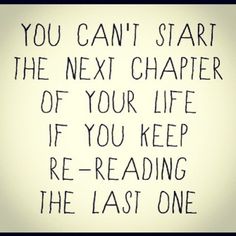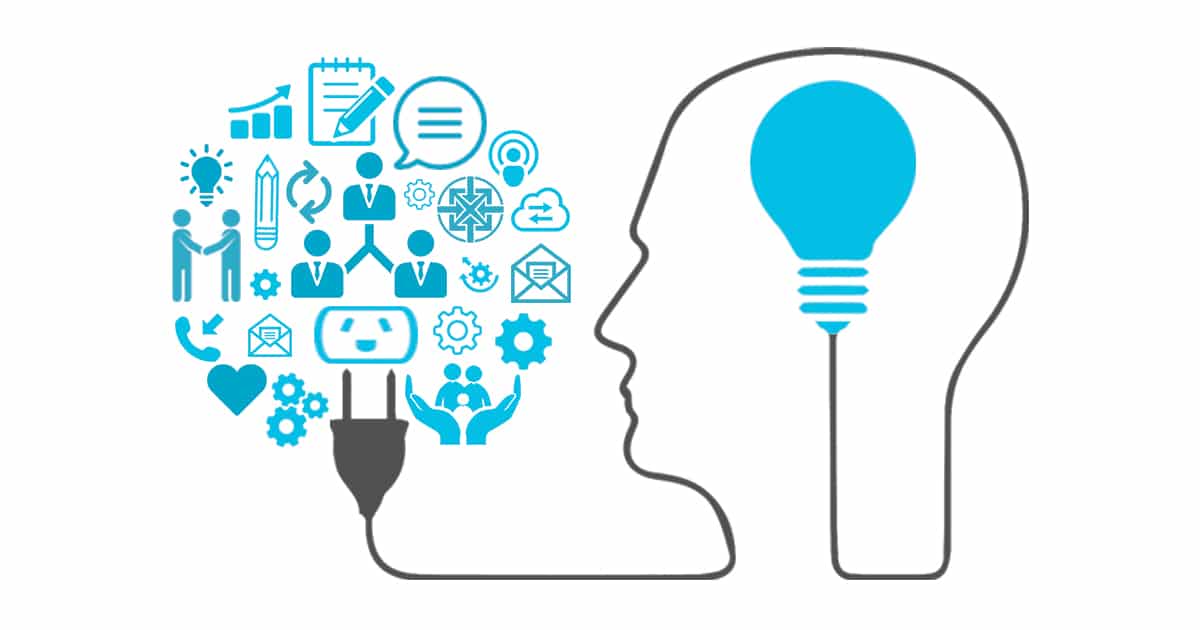
“There are only two emotions: love and fear. All positive emotions come from love, all negative emotions from fear. From love flows happiness, contentment, peace, and joy. From fear comes anger, hate, anxiety and guilt. It’s true that there are only two primary emotions, love and fear. But it’s more accurate to say that there is only love or fear, for we cannot feel these two emotions together, at exactly the same time. They’re opposites. If we’re in fear, we are not in a place of love. When we’re in a place of love, we cannot be in a place of fear.”
“Elisabeth Kubler Ros”
Fear and Love wear many different masques. For example, fear can be disguised as anxiety, rejection, judgment, etc. Love can be disguised as acceptance, connection, peace, etc. Think of fear and Love as being a portal for like emotions to flow through and experienced.
Have you ever been running late, and you begin to get that stressed-out feeling. You go to get into your car, and you realized you had forgotten your car keys. You run back in and start looking for your keys. You go to the usual spot and there not there…. What?…No keys! Now you add the feeling of frustration and fear, to the pressure you are already experiencing. Finally, you choose to slow yourself down by taking a few deep breaths and go back and look for your keys again and voilà there they are in the place you thought you had left them. You find them now because you are searching your environment for your keys from different emotions, and you see things differently.
This example is true in many situations when you are searching for a solution. You will not find a high-quality solution in a state of fear.
NLP is often referred to as the owner’s manual for the mind. NLP teaches you how to think. Your thoughts fire off feelings. Poor quality thoughts lead to poor quality feelings, which leads to poor quality behaviors, and it goes around and around until you break the cycle by choosing higher quality thoughts. Learn to break the cycle of low-quality thinking! Attend NLP Training and Learn strategies to choose your thoughts rather than excuse your behaviors.
If you are interested in NLP for Personal Development, check our programs:
NLP Skills For Life
Women-N-Spirit
Follow us on Social Media:
FB
Linkedin
Instagram








